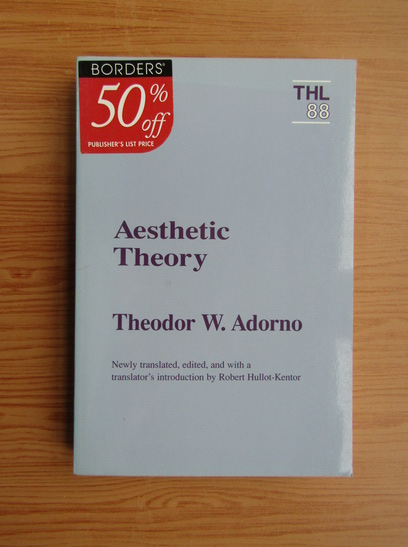

Art- Kaddish-has something to say about this, and one of the better ways to understand how is to look briefly at the work of Theodor W. What can be salvaged from the horror of genocide are gestures that might help to prevent its seemingly endless recurrence. That said, not to attempt to engage genocide's reality portends something far worse.


In so doing it is bound to come up short, as it literally must, to the extent that the human mind ultimately cannot wrap itself around the concept of genocide, let alone its actuality, whether described in a history book or put into aesthetic form. Lawrence Siegel's Kaddish, like Schoenberg's piece, fundamentally attempts the impossible. Again, few examples are easily named, with the pertinent exception of Schoenberg's Die Überlebende von Warschau ("A Survivor from Warsaw," 1947), a kind of oratorio (and a brief one: only 7:26 duration, scored for narrator, men's chorus, and orchestra). In music, the challenge to represent genocide is still greater, and not least on account of music's non-representational character. A few examples of art that seem to meet the challenge come to mind, but really only a few: Goya's horrific painting, (1814), of the firing-squad massacre of Spaniards rounded up at random by troops of the French occupation and his astounding series of etchings, The Disasters of War (1810-20), and Picasso's Guernica (1937), of the Nazi air bombardment of a Basque village in a gesture of support of Franco-and a test run of the Luftwaffe for what was soon to be inflicted elsewhere in Europe and beyond.

The challenge to reference the Holocaust in art is troublesome in the extreme atrocity and genocide defy representation in any form, and perhaps aesthetic form especially. "The need to lend a voice to suffering is a condition of all truth." "To write poetry after Auschwitz is barbaric." The Splinter In Your Eye Is the Best Magnifying Glass


 0 kommentar(er)
0 kommentar(er)
